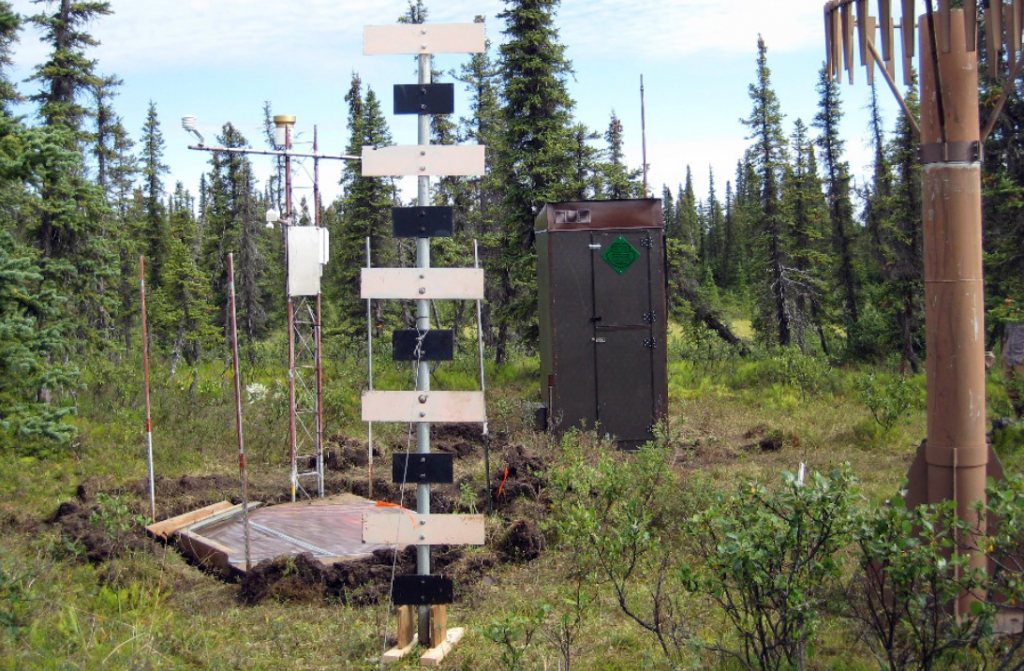
Alaska is currently experiencing an unusual warm spell with temperatures soaring to 91°F (32.8°C) at Kelly Station, an exceptionally high reading for this region. Meanwhile, overnight temperatures have remained elevated, with minimums reaching up to 71.6°F (22°C) at Asik.
These unusually warm conditions are noteworthy given Alaska’s typically cool summer climate, especially in the interior and northern areas. The sustained warmth is affecting local ecosystems, wildlife behavior, and increasing wildfire risks.
The temperature map highlighting these extreme readings was credited to meteorologist Rick Thoman, who has been tracking Alaska’s evolving climate patterns and their impact on the environment.
Such spikes in temperature underscore the broader trend of climate variability and warming that is impacting Arctic and sub-Arctic regions globally.

Illustration picture: https://www.wcc.nrcs.usda.gov/siteimages/1175.jpg


























